Thang D Dinh
from Gardena, CA
- Also known as:
-
- Thang Duc Dinh
- Thang Vuong
Thang Dinh Phones & Addresses
- Gardena, CA
- Torrance, CA
- Milwaukee, WI
Us Patents
-
Video Feed Target Tracking
view source -
US Patent:8351649, Jan 8, 2013
-
Filed:Apr 1, 2009
-
Appl. No.:12/416913
-
Inventors:Gerard Medioni - Los Angeles CA, US
Qian Yu - Plainsboro NJ, US
Thang Ba Dinh - Los Angeles CA, US -
Assignee:University of Southern California - Los Angeles CA
-
International Classification:G06K 9/00
-
US Classification:382103
-
Abstract:Technologies for object tracking can include accessing a video feed that captures an object in at least a portion of the video feed; operating a generative tracker to capture appearance variations of the object operating a discriminative tracker to discriminate the object from the object's background, where operating the discriminative tracker can include using a sliding window to process data from the video feed, and advancing the sliding window to focus the discriminative tracker on recent appearance variations of the object; training the generative tracker and the discriminative tracker based on the video feed, where the training can include updating the generative tracker based on an output of the discriminative tracker, and updating the discriminative tracker based on an output of the generative tracker; and tracking the object with information based on an output from the generative tracker and an output from the discriminative tracker.
-
Visual Tracking In Video Images In Unconstrained Environments By Exploiting On-The-Fly Contxt Using Supporters And Distracters
view source -
US Patent:20150286872, Oct 8, 2015
-
Filed:Jun 20, 2012
-
Appl. No.:13/528668
-
Inventors:Gerard Guy Medioni - Los Angeles CA, US
Thang Ba Dinh - San Jose CA, US -
Assignee:UNIVERSITY OF SOUTHERN CALIFORNIA - Los Angeles CA
-
International Classification:G06K 9/00
G06T 7/20
G06K 9/46
G06K 9/62 -
Abstract:The present disclosure describes systems and techniques relating to identifying and tracking objects in images, such as visual tracking in video images in unconstrained environments. According to an aspect, a system includes one or more processors, and computer-readable media configured and arranged to cause the one or more processors to: identify an object in a first image of a sequence of images, identifying one or more regions similar to the object in the first image of the sequence of images, identifying one or more features around the object in the first image of the sequence of images, preventing drift in detection of the object in a second image of the sequence of images based on the one or more regions similar to the object, and verifying the object in the second image of the sequence of images based on the one or more features.
Resumes

Student At University Of Southern California
view sourceLocation:
Greater Los Angeles Area
Industry:
Computer Software

Thang Dinh
view sourceLocation:
United States
Flickr
Youtube
Classmates

Etienne De'Bore Academy, ...
view sourceGraduates:
Thang Dinh (1986-1991),
Melissa Twilbeck (1973-1978),
Lawrence Simmons (1969-1971),
Larisa Otillio (1974-1978),
Tiffany Chriss (1985-1992)
Melissa Twilbeck (1973-1978),
Lawrence Simmons (1969-1971),
Larisa Otillio (1974-1978),
Tiffany Chriss (1985-1992)

Immaculate Conception Apo...
view sourceGraduates:
Ralph Anderson (1968-1969),
Thang Dinh (1991-1994),
Joseph Pascale (1997-1998),
Andrew Goddard (1983-1986),
Charles Robertson (1996-1997)
Thang Dinh (1991-1994),
Joseph Pascale (1997-1998),
Andrew Goddard (1983-1986),
Charles Robertson (1996-1997)

Thang Nguyen Dinh
view source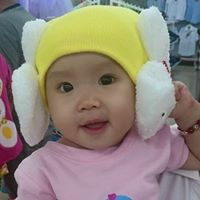
Thang Nguyen Dinh
view source
Thang Le Dinh
view source
Thang Ngo Dinh
view source
Thang Duc Dinh
view source
Thang Hoang Dinh
view source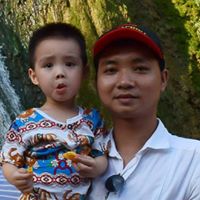
Thang Nguyen Dinh
view source
Tien Thang Dinh
view sourceGoogleplus
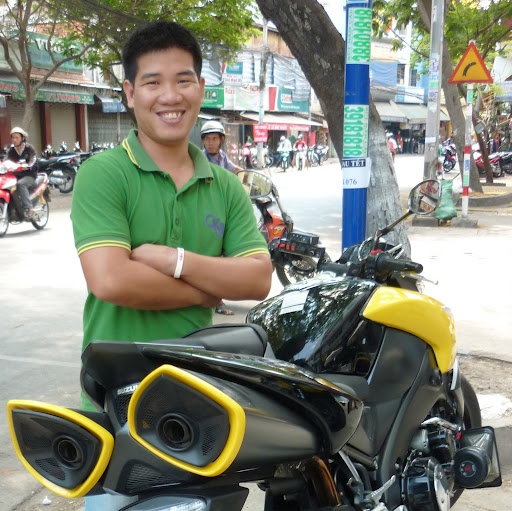
Thang Dinh
Work:
CONG TRINH CROWNE PLAZA NHATRANG (2011)
Công Trình SAIGON M&C TOWER (2009)
Cty CP DV & KT CƠ ĐIỆN LẠNH REE (2008)
Công Trình SAIGON M&C TOWER (2009)
Cty CP DV & KT CƠ ĐIỆN LẠNH REE (2008)
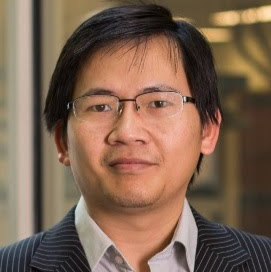
Thang Dinh
Education:
University of Florida - Computer Engineering

Thang Dinh
Education:
Cao đẳng gtvt miền trung - Xdcd

Thang Dinh
Work:
SSTI

Thang Dinh
Work:
Công ty TNHH Công Nghệ Môi Trường Trần Nguyễn - Nhân Viên
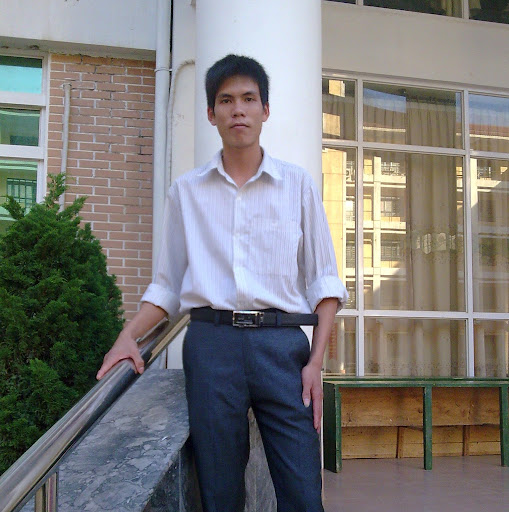
Thang Dinh
Work:
UBND xã Quyết Chiến - Công Chức VP-TK

Thang Dinh

Thang Dinh
Plaxo

Dinh Thang
view sourceMicrotec
Myspace
Get Report for Thang D Dinh from Gardena, CA









![[The Sun's Gate] Cng Mt Tri [ Ep.1 (4/4) ] [The Sun's Gate] Cng Mt Tri [ Ep.1 (4/4) ]](https://i.ytimg.com/vi/rllsIAQsXj4/0.jpg)
![[The Sun's Gate] Cng Mt Tri [ Ep.1 (2/4) ] [The Sun's Gate] Cng Mt Tri [ Ep.1 (2/4) ]](https://i.ytimg.com/vi/QXfDUtbD74k/0.jpg)
![[The Sun's Gate] Cng Mt Tri [ Ep.1 (3/4) ] [The Sun's Gate] Cng Mt Tri [ Ep.1 (3/4) ]](https://i.ytimg.com/vi/0lM6GY1XtdM/0.jpg)




